“The main obligation is to amuse yourself.” – S.J. Perelman
I was standing, not that long ago, in The Only Cafe talking to Sam Corbeil and Dave Lee about the new hop variety that they were using in the beers that were featured at the Sawdust City 10th Anniversary Tap Takeover. They told me that they were using a new Czech hop variety called Most.
Well, this was excellent. I immediately got in touch with Robin to say I was going to pitch Charles Faram to sponsor our podcast on the basis that we could easily write several minutes of Abbott and Costello style schtick promoting Most Hops.
“You’ve tried most hops, but why not try Most Hops? Most hops taste like citrus or tropical fruit, but Most Hops taste like strawberries, cotton candy, and black tea. If you’re sick of most hops, why not try Most Hops? They’ll make the Most difference. And if you’re interested in making a triple IPA, you could use the most Most Hops. Most Hops. They’re not like other hops.”
Never mind that it’s pronounced “Mosst.” Never let decent relations with the Czechs get in the way of a comedic misunderstanding.
I did get in touch with them, and while I’m sure they were tickled, they politely declined. That said, because they’re lovely people, they sent a package of contemporary hop samples and beers made with Most hops.
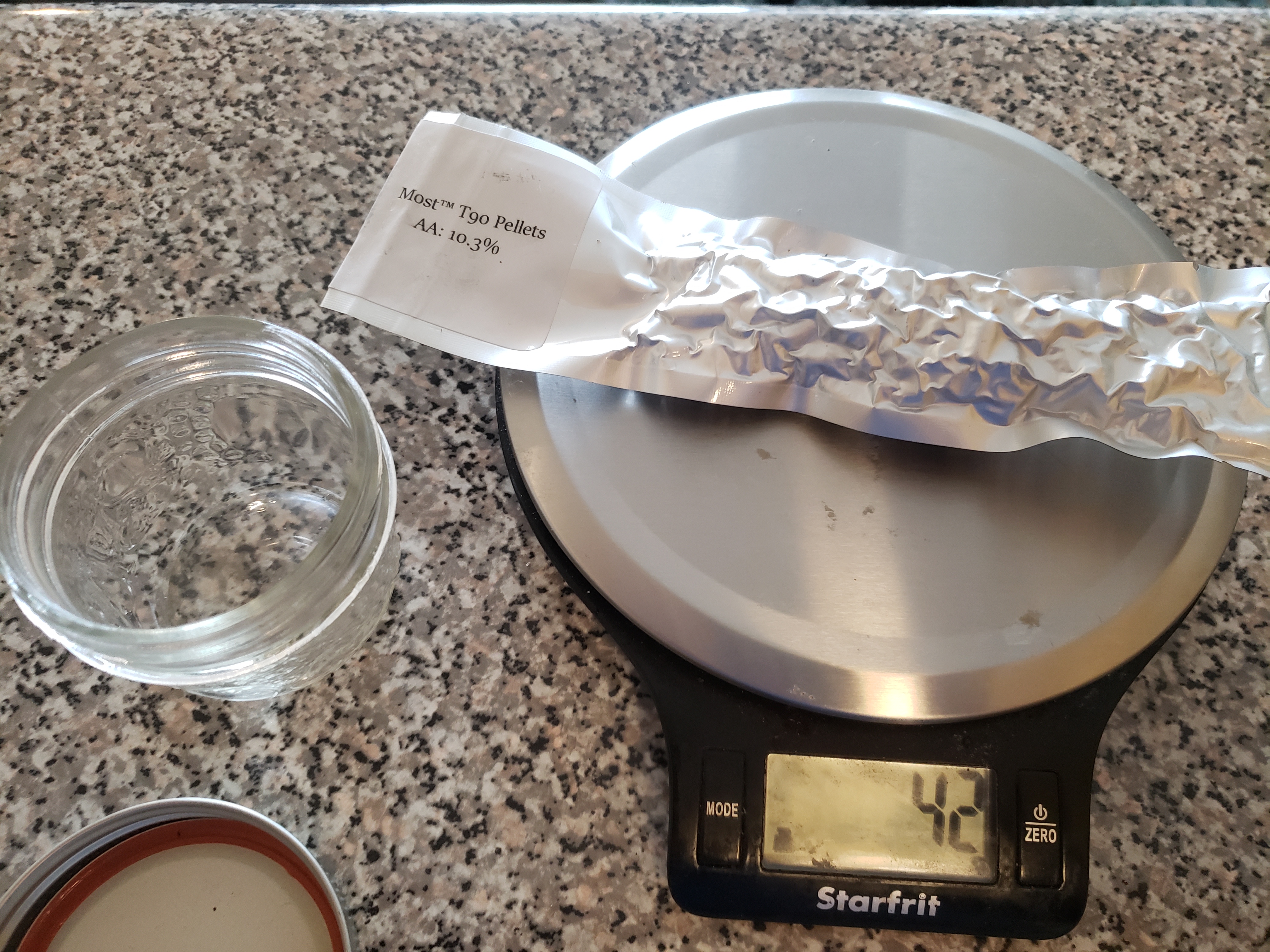
This is excellent. What a way to spend an afternoon and take my hop rub protocol out for a test drive! I developed the hop rub protocol about 21 months ago after talking to the Ontario Hop Growers Association about developing some marketing language for them. It was my thought that you could really interest people in Ontario hops if you knew what they did in a concrete way and you could sell people on the quality of the terroir.
I feel like I may have overbuilt the tool. It’s a little like sandblasting a spider web.
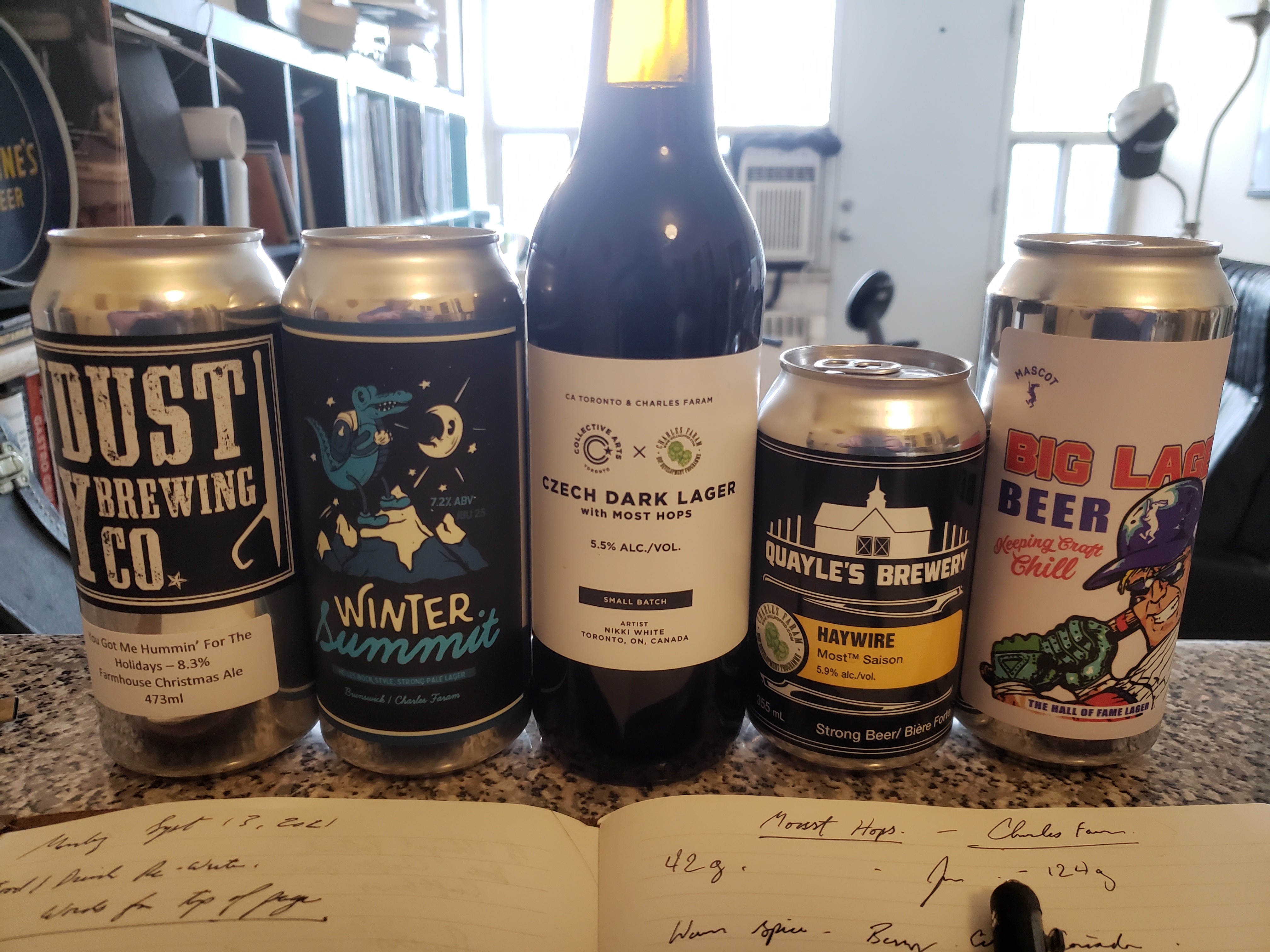
Hop Rubbing
If you’re reading this, you’ve probably been on the tourist hop rub. It’s capital “r” Romantic. You get some hop cones, you rub ‘em between your hands, you get covered in itchy green and orange resin, you smell a little like pine and vegetation until tea time. It’s a lovely first experience, but it’s not a useful evaluation.
For one thing, practically no one uses whole cone hops. There are exceptions like Sierra Nevada, Czechvar, and Pilsner Urquell. Amsterdam will use them sometimes, as will Godspeed. Most people use pellets.
If you’re reading this, you’ve probably been on the industry hop rub. It’s less Romantic. You get some pellets, you try to bust ‘em up in your palm with your thumbnail, and then you sit there nosing them very briefly and attempt to come to a conclusion, moving between several varieties all of which are cross-contaminating each other on your hands and under your fingernails. Fun, because there’s usually beer involved. Not a great methodology.
I borrowed a little from Barth Haas and Stan Hieronymous in order to put together a hop rub protocol for an individual variety. It’s fun, and somewhat illustrative of how you’re rubbing hops incorrectly. These are flowers with volatile aromas, and the idea that you’re going to leave them on a table to air out just means they’re losing that scent by the second.
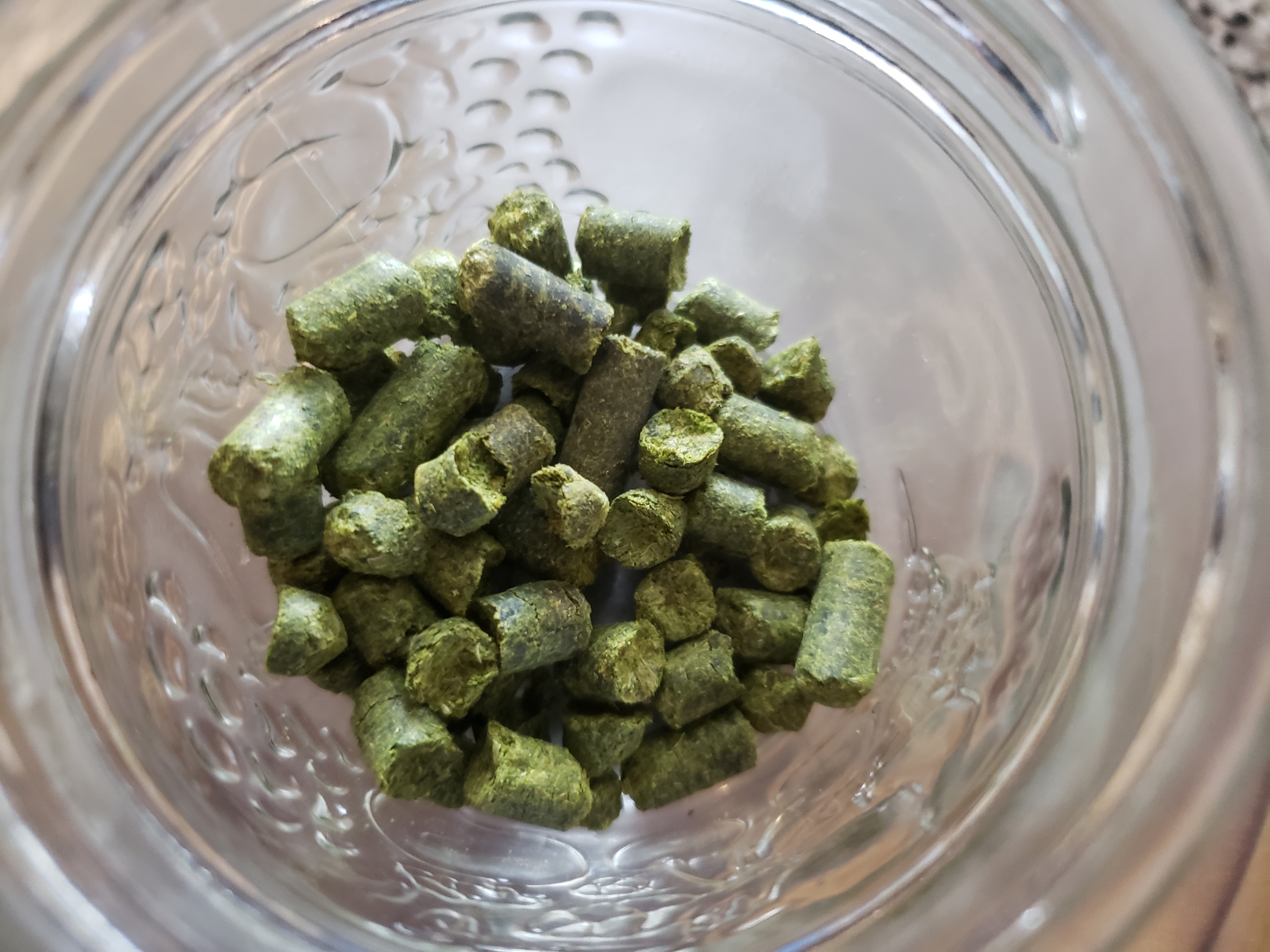
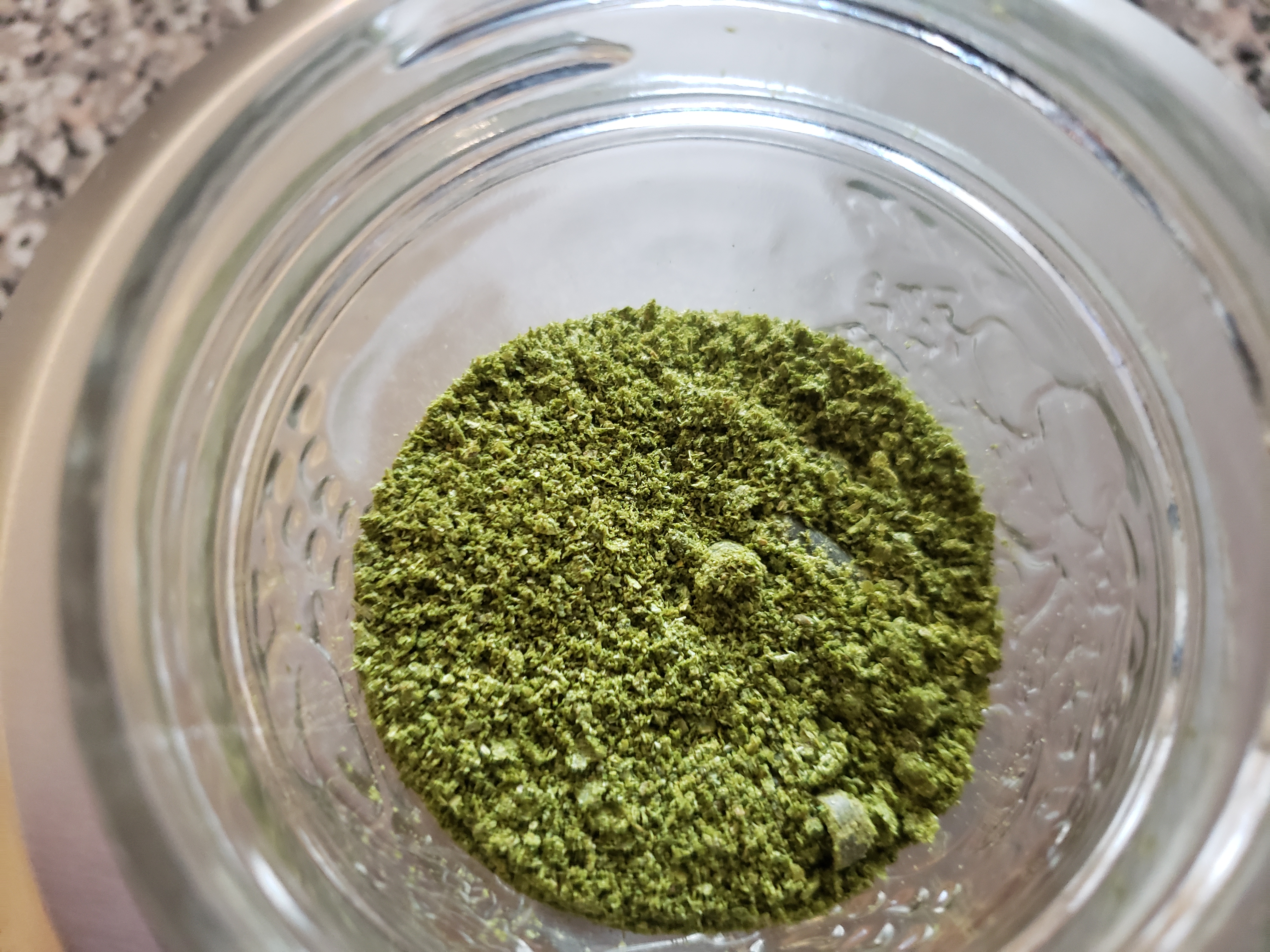
You need a scintillating jar, which in my case is a small spice rack style mason jar. It’s glass, so it’s organoleptically neutral. You might want to change out the lid eventually. Capping the jar between attempts at aroma is good because it allows you space to think.
I’m using a Braun coffee grinder to bust the hop pellets up. It’s handy for warming them from freezer temp based on friction as well. Moisture content can sometimes make hops pellets hard to break apart.
You need a tool to record your impressions and I’ve come up with a google spreadsheet that works on sensory presence to create a spider chart and allows room for observational notes.
You also probably need a secondary method that shows you how the hop pellets change in the presence of liquid. This is why the mason jar is so great for this. You fill it with water after nosing the dry hops and then walk away for fifteen or twenty minutes to allow them to saturate. They’ll nose differently in the presence of liquid. The structure of the volatiles involved changes drastically based on their condition. If you want to develop an understanding of a hop variety, a five second drive by isn’t going to do it, so having a secondary method is pretty useful.
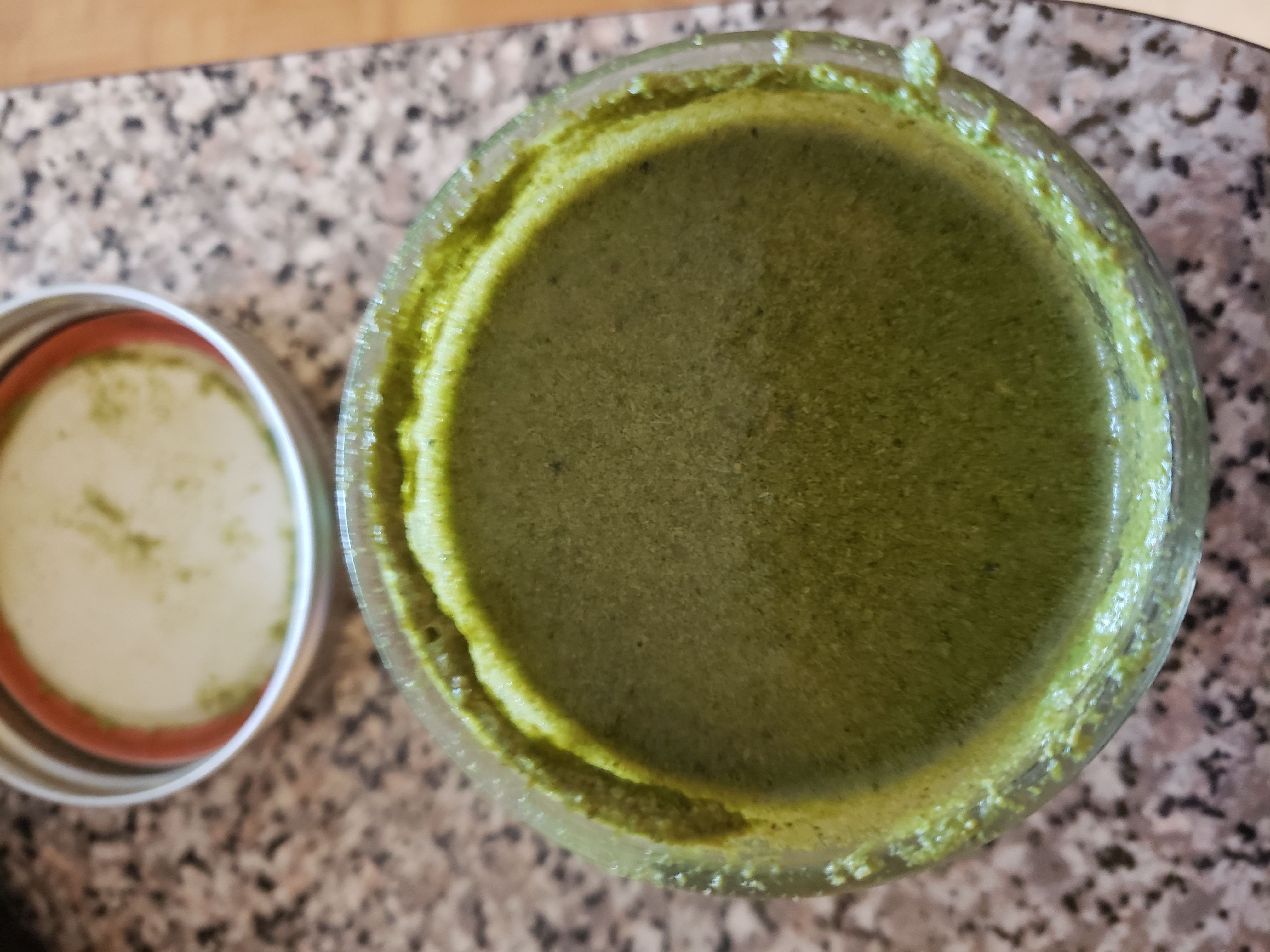
Here’s a link to the spreadsheet I’m using, which contains all the observational detail. I’ll pull images of each method’s derived radar chart so you can get a sense of what the hops do. It operates on the assumption that there’s the possibility that all hop cones have the potential to contain all possible aromas, although sometimes functionally undetectable.


BEERS
The brewers taking part in Charles Faram’s showcase cast their nets fairly wide in terms of the styles of beer they were using to test the Most hops. I set out to taste them all from lightest to heaviest in body. Since there were no IPAs to speak of, bitterness wasn’t really a concern to tasting progression.
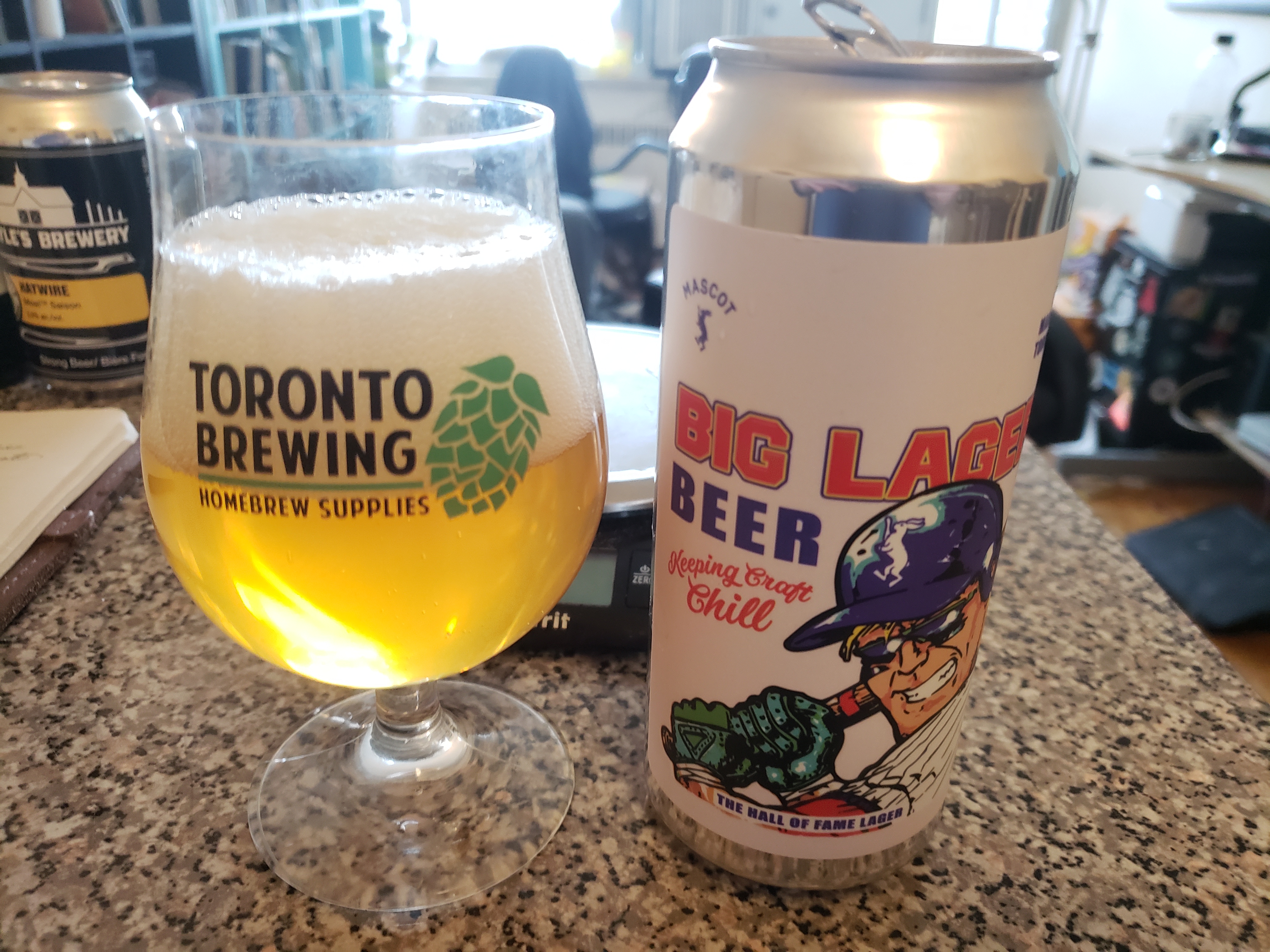
Of all of the beers in the exercise, Big Lager is an outlier in that it also uses Ekuanot (formerly Equinox) which has a distinctive stone fruit and green pepper character to it that puts Most rather on the spot. The pyrazine that causes that green pepper/jalapeno also connotes white grape and perhaps that’s why this lager noses like a cava. The combination results in something reminiscent of Sauvignon Blanc with some golden berry, candied lime, and unripe nectarine. On the palate, the most notable characteristic is the tartness, presumably nudging this down towards 4 on the pH scale, with ripe stone fruit and pepper skin briefly stepping into the path of a dry finish.
I don’t know that it’s a good example of the Most hops, and referring to the notes generated during the rub, I feel like they must be pushed down in the mix somehow. It’s off mission, but it’s not a bad beer.
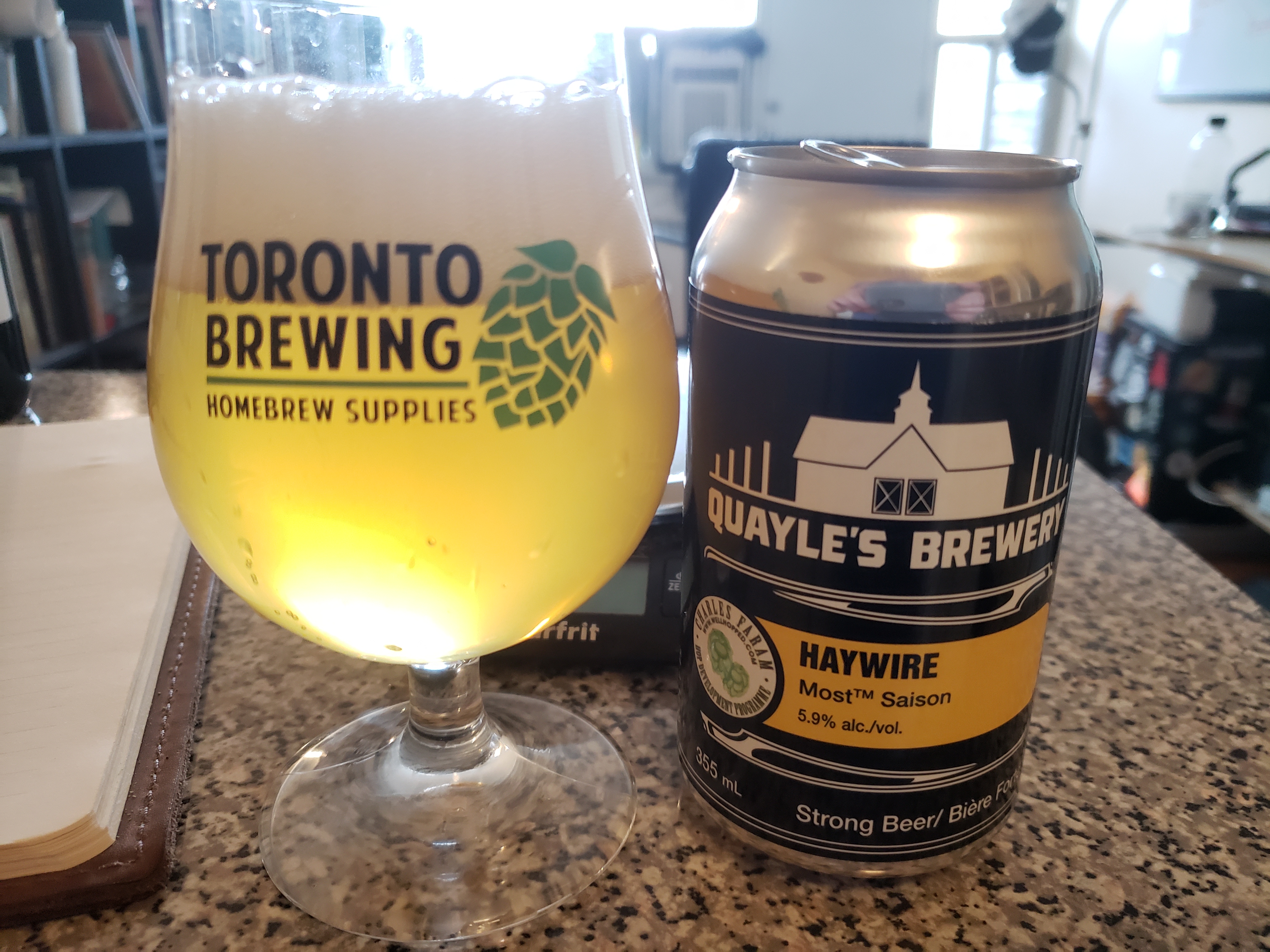
Another beer here with a fairly low finishing gravity. Saison is going to end up being bone dry, but this is at the very least a single hop. Going in, I’m expecting that subbing in Most for your traditional Saaz or Styrian Golding is going to exploit the stuff shown in the humulene leaning dry method.
The first thing to note here is that the strain of yeast used leans into the aromatic sweetness and you get the bubblegum and cotton candy working together as a top note, improving both the yeast and hops. There’s also pepper, sage, and a skooch of phenolic plastication, although you do have to go looking for it.
There’s not a huge amount of translation of that sweetness from the nose to the palate and while there’s an indistinct tropical fruit note, there’s herbaceous stuff happening underneath. It’s more Mitteleuropean pantry as the bitterness builds at the swallow. Basil, sage, lightly bitter greenery. For a hop whose hallmark seems to be aromatic sweetness, this is a rope a dope. Presents sweet and then suckers you.
It’s a good job from Quayle’s. Not enough residual sugar to bump the fruitier aspects, but that’s not what the style does.
BRUNSWICK’S WINTER SUMMIT HELLES BOCK
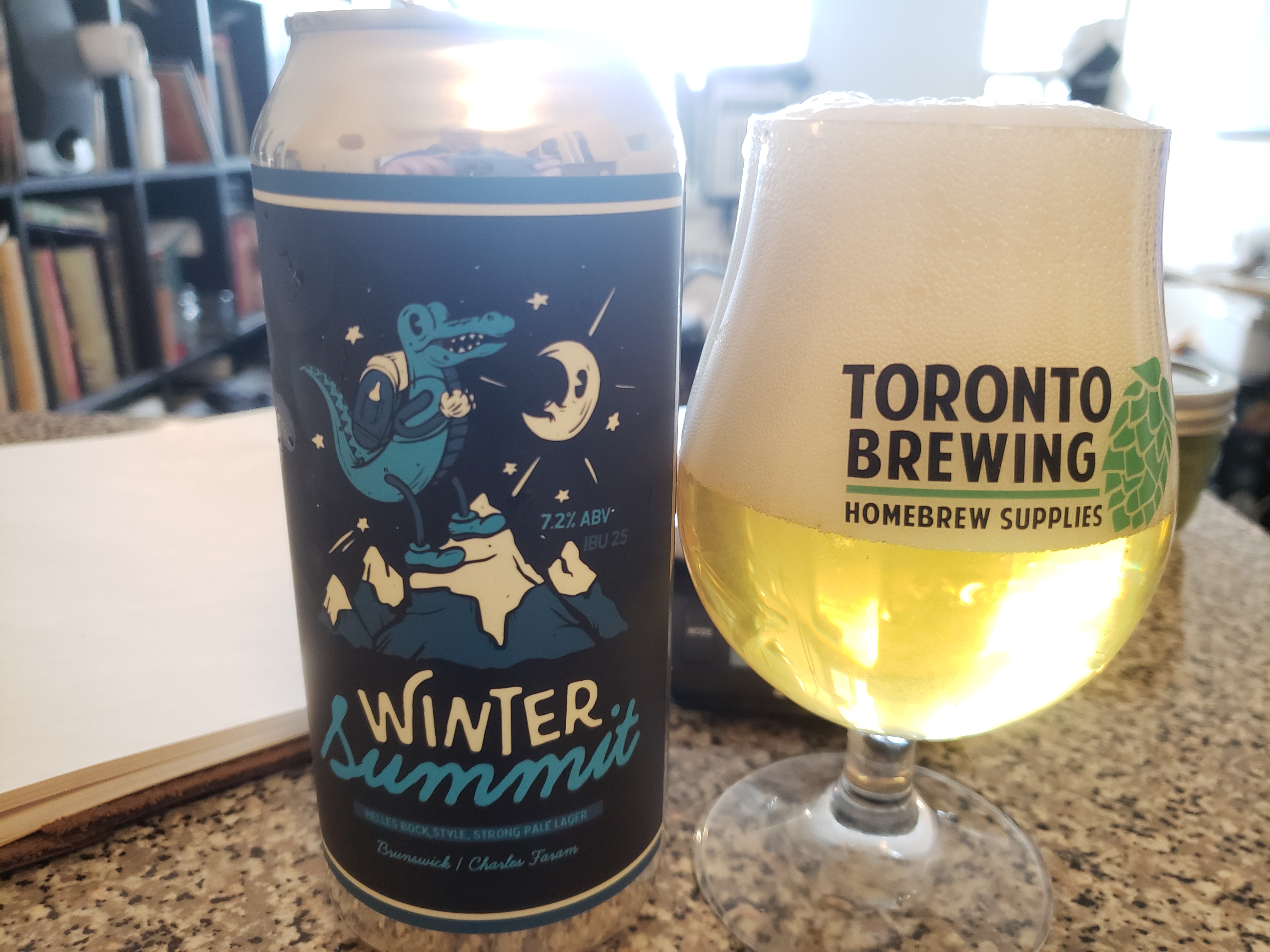
It seemed to me going in here that Brunswick loves a Helles Bock, but looking at Untappd, I could only see one other. That was also used to test hop varieties for Hopsteiner, so maybe that’s a mental block on my part.
That said, I like this as a comparatively neutral style. Check this BJCP data out. Your final gravity is high enough that it can bolster myrcene related stuff, and the presence of a significant amount of alcohol is going to push fermentation esters. There’s not enough specialty grain to get in the way of flavour, either, so you ought to get a good neutral read of hop capability. Clever brewers over there at Brunswick.
On the nose here, unripe strawberry, pepper, pine resin, fruit cane or bramble, and slightly tart fruit leather. Sweetness is there in the aroma, which is what you’d expect from a rub. As it warms, you get the slight presence of tropical fruit, and a bruised apple ester. Brings more of the stone fruit and concord grape character to the fore. The greenery remains as bitterness in the finish (only 25 IBU) but it’s largely complementary. Maybe it’s the strawberry fruit leather nose, but there’s the childhood association of play dough salinity.
It’s a very literal approach, but it shows off what the hop is capable of admirably.
COLLECTIVE ARTS TORONTO CZECH DARK LAGER
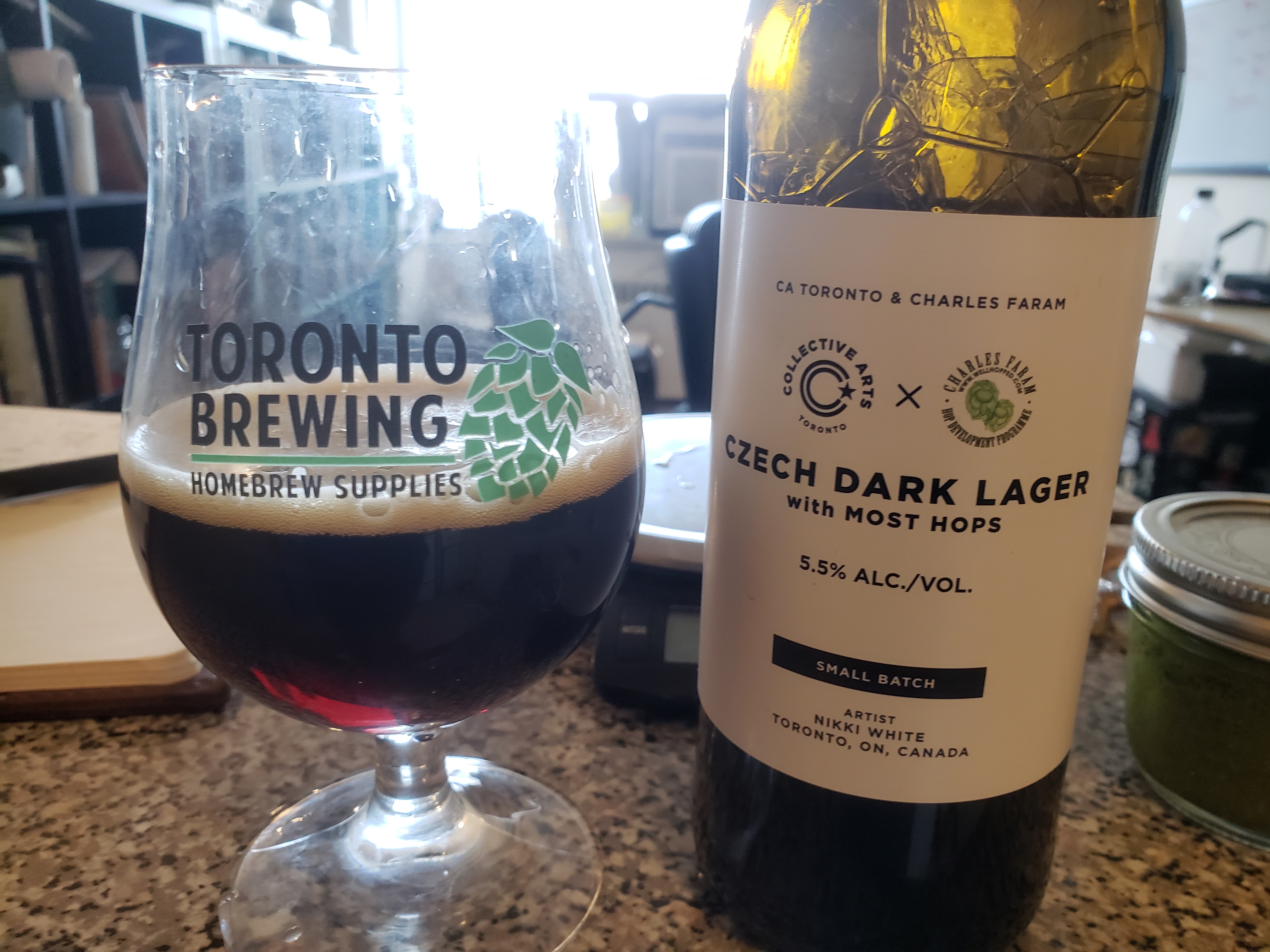
This was brewed by Metal Jeff. He just won a gold medal for his Pale Czech Lager, so he knows his way around the genre.
This has a sharp berryish characteristic on the aroma as the bottle is opened and there’s the assumption based on the slightly unctuous jammy berry and currant vibe that some textural diacetyl is in the offing. This really leans into the fruit range, bolstering the innate characteristics in the hops with some dark malt. I don’t know quite what he’s using because it’s not listed on their website, but I’m guessing it’s something like a Bohemian Dark or a Munich. There’s bread and dark fruit from that quarter, but it doesn’t slip to coffee and chocolate.
This is concord grape, sour cherry, tart strawberry, and if there were chocolate or coffee it would lean towards being a viva puff. It doesn’t quite. There’s a touch of citrus on the back end. I can dig it. It’s a sort of reinvention of a Tmavy. They don’t really lean fruity in my experience. I think it’s the (appropriate) diacetyl and residual sugar doing that. Fun.
SAWDUST CITY X EASTBOUND YOU GOT ME HUMMIN’ FOR THE HOLIDAYS FARMHOUSE CHRISTMAS ALE
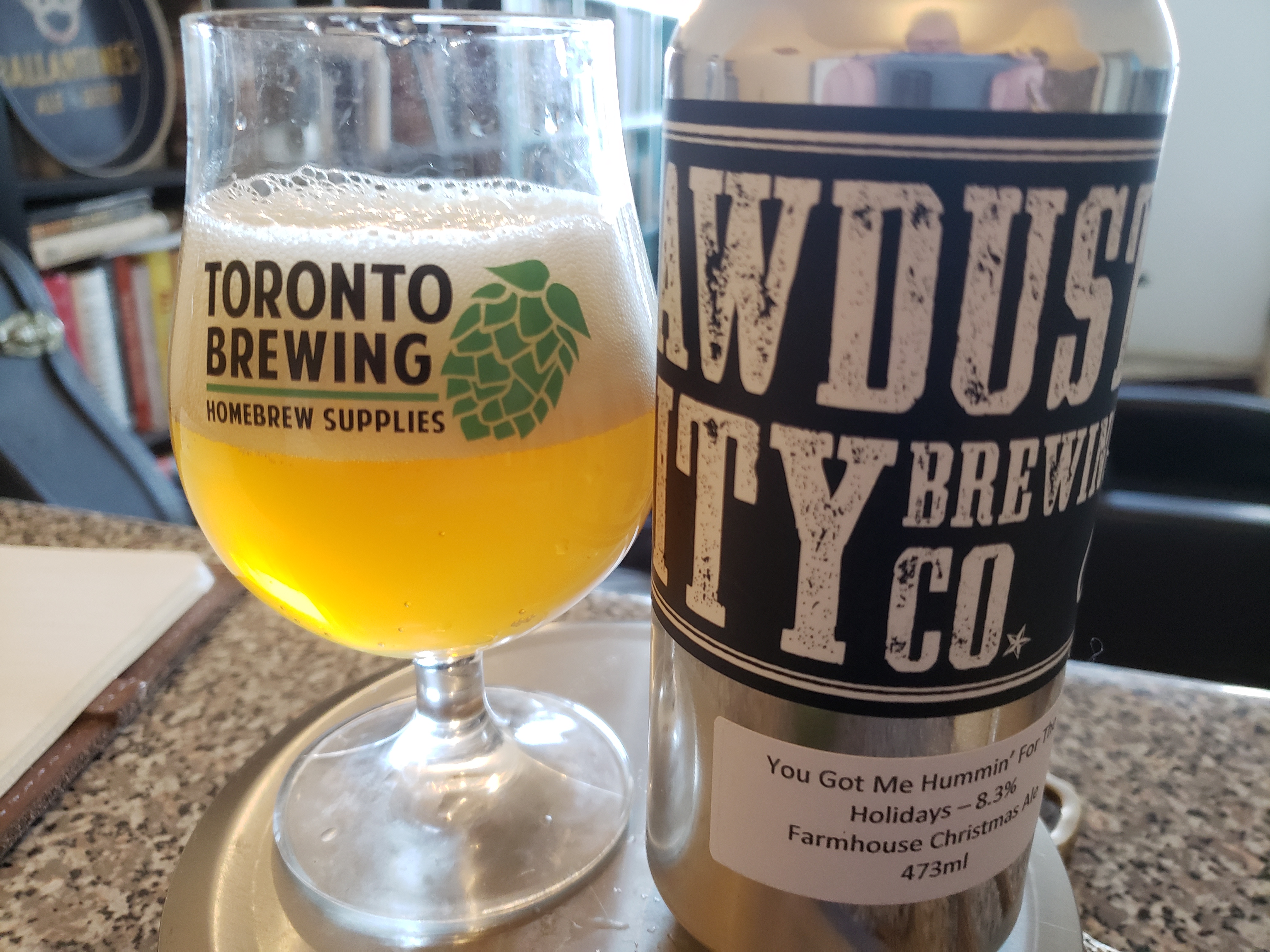
This is the only one I’ve got a full list of ingredients for. At 8.5%, this is the highest octane of the offerings, and despite the fact that it’s nominally a farmhouse ale, it’s close to being a NEIPA visually.
Because you’ve got rye and wheat in the mix, there’s a lot of protein to support aroma, and the Jotunn strain of Kveik yeast from Escarpment Labs is going to slot into the fruity profile of the hops in order to make it more complete. The saaz is likely there to bitter, so Most is going to do the aromatic lifting in the profile.
Tropical nose: Mango, Papaya, Banana, Cotton Candy. There’s a creamier texture here because at 8.5%, you have a lot of protein, residual sugar, and alcohol to smooth it out. It’s not over the top, and on the palate the basil that we had earlier has enough sweetness to come across as a thai basil. Complex and interesting. Still available for order if you like the sound of Sam and Dave.
————————————
It turns out that Most hops are surprisingly versatile. Perhaps the illustrative thing here is that you can get them to do any number of things by changing the variables around them. You can draw out and reinforce flavours and aromas with similar components. The job really is to increase complexity and create something beautiful.
The important thing is that we’ve managed yet another afternoon indoors. Thanks to the folks at Charles Faram for supplying me with a lovely distraction.
West-coast pilsner at low hop-rates or pale maybe. Id need to rub first. Hop experimenting needs small pilot systems and straight to keg with a province not in lockdown. The more money put into volume and packaging the less ambition to continuing experimenting to ‘get it right’, if first and second experiments don’t sell-out fast enough. Hello Homebrewers.